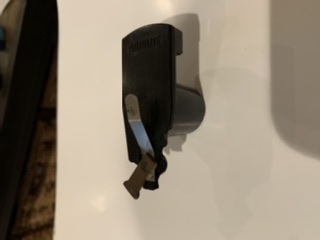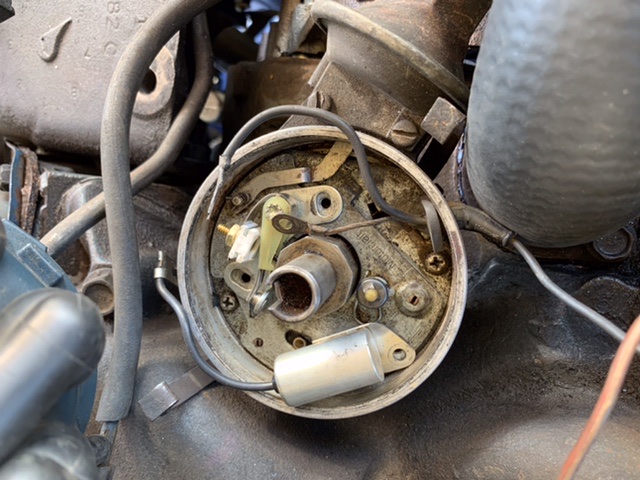- Joined
- Jun 14, 2019
- Messages
- 552
- Reaction score
- 165
- Location
- Coachella Valley (Palm Springs)
- My Car
- 1973 Convertible, 351 4v CJ, C6, Mach 1 Decor options, power: steering, brakes and windows, a/c, Rally Pac gauges, Deluxe interior.
[url=https://ibb.co/ZVjjKXW][img]https://i.ibb.co/zrMMbxG/s-l1600-2.jpg[/img][/url]
Background: got the car in June '19 and it started (on the first try, every time!) and ran, but with some underhood issues (leaky radiator and p/s pump). Removed pump and sent it out to be rebuilt, replaced radiator, fuel filter, battery tray and in the "while you're at it" category, upgraded the alternator and replaced the water pump. Also, switched the mechanical points for Pertronix 1 (using the original coil).
Along the way... a few bolts got broke removing the water pump and the engine was pulled to rebore the holes. I mention that mainly to let you know everything had been drained and disconnected.
Almost unbelievably, it took until January to get the *right* p/s pump back but once I did, I've been reassembling everything and refilled the vital fluids. Cranked (with the coil wire detached) several times to check for leaks and squeaks. All good. Not really expected a start on the first try, I was not disappointed. Turns over great, but not even a little life in the engine.
Question: what should I do to give starting the car a serious try? Do I need a booster sprayed down the carb? Other than changing the fuel filter leading to the fuel pump at the engine, nothing was changed in the fuel supply -- and 7 months ago I still had at least two gallons of gas in the tank. All new fluids (well, except for brakes. Otherwise: oil, coolant & p/s).
Since the fuel lines were empty for so long, do I need to prime the carb? Any others tips & tricks, or is there a checklist for "Your first startup after major work"?
Thanks y'all - ya been the best so far.
Along the way... a few bolts got broke removing the water pump and the engine was pulled to rebore the holes. I mention that mainly to let you know everything had been drained and disconnected.
Almost unbelievably, it took until January to get the *right* p/s pump back but once I did, I've been reassembling everything and refilled the vital fluids. Cranked (with the coil wire detached) several times to check for leaks and squeaks. All good. Not really expected a start on the first try, I was not disappointed. Turns over great, but not even a little life in the engine.
Question: what should I do to give starting the car a serious try? Do I need a booster sprayed down the carb? Other than changing the fuel filter leading to the fuel pump at the engine, nothing was changed in the fuel supply -- and 7 months ago I still had at least two gallons of gas in the tank. All new fluids (well, except for brakes. Otherwise: oil, coolant & p/s).
Since the fuel lines were empty for so long, do I need to prime the carb? Any others tips & tricks, or is there a checklist for "Your first startup after major work"?
Thanks y'all - ya been the best so far.






